Here’s a guide from the expert Chicagoland roadside assistance and Chicago off-road recovery service team here at Towing Chicago as to the best things to
Read More Category Archives: Local Towing
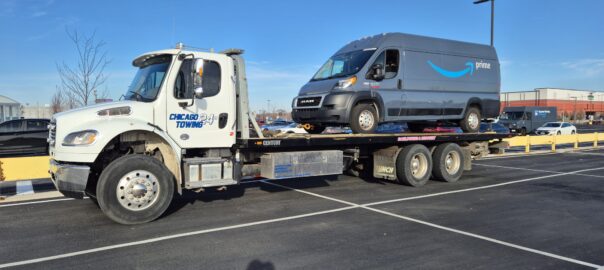
Chicago 24 Hour Towing Responds to Amazon Van Breakdown Recently, an Amazon delivery van found itself stranded on one of Chicago’s busy streets, prompting a
Read More 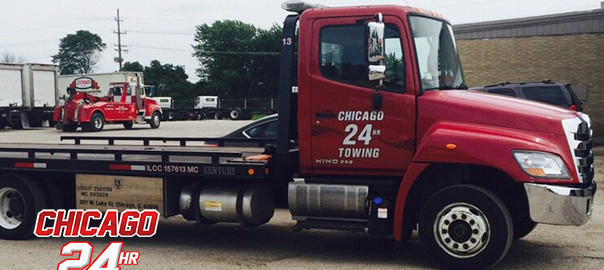
Tow trucks can be a serious saving grace when your car is having mechanical problems. You simply call up the car towing company, and the team will
Read More 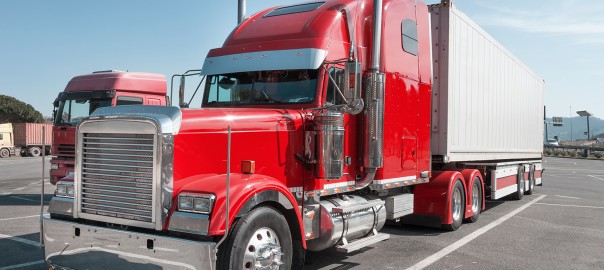
If you own heavy machinery that suddenly breaks down, or requires safe transport, you will require the assistance of a professional towing service like Towing
Read More 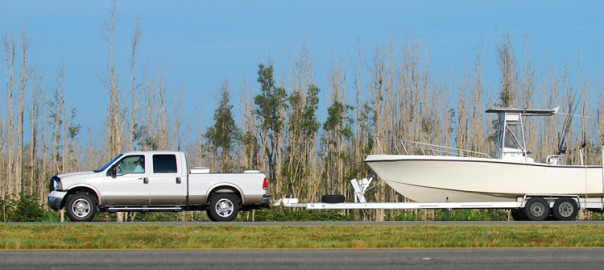
Whether you’re towing a well worn dinghy or a high-end speedboat, it’s common knowledge that the kind of car you’re using to do the towing
Read More 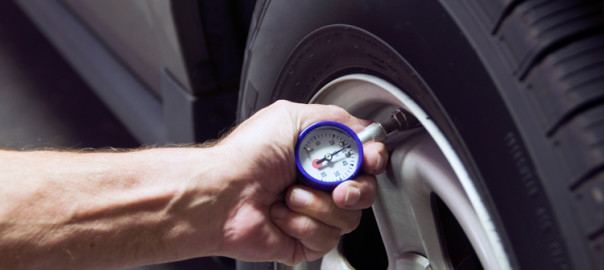
The most common cause of a call to request roadside towing is the incidence of a flat or blown out tire. If this happens to
Read More 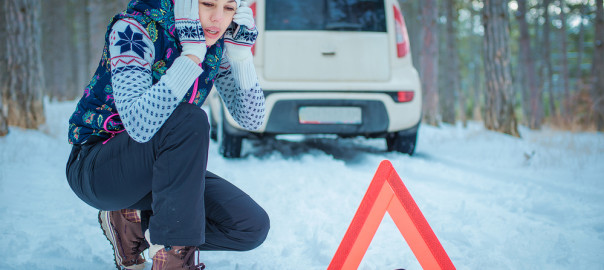
Advance Preparation In the frigid winter weather, Chicago residents often encounter poor to bad driving conditions. Since most drivers never learn defensive driving techniques for
Read More 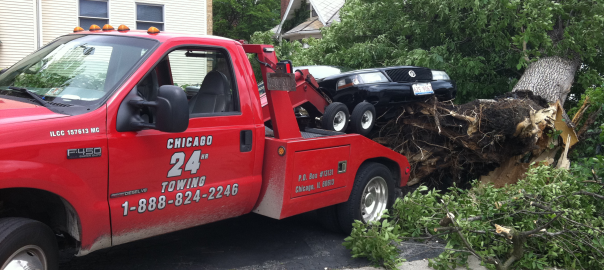
There’s a ton of misinformation out there being hawked by scam towing companies and blogs alike. Here’s a list of the most common towing misconceptions.
Read More 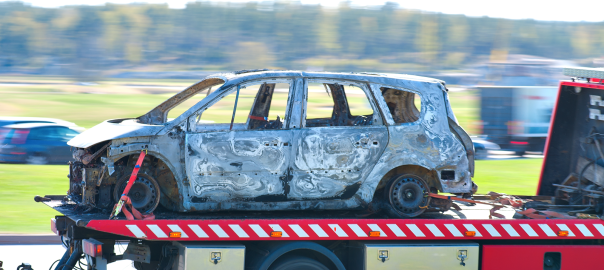
Hitching a trailer to your truck and hauling out all your belongings on the open road sounds exhilarating for many people – but if you’re
Read More 